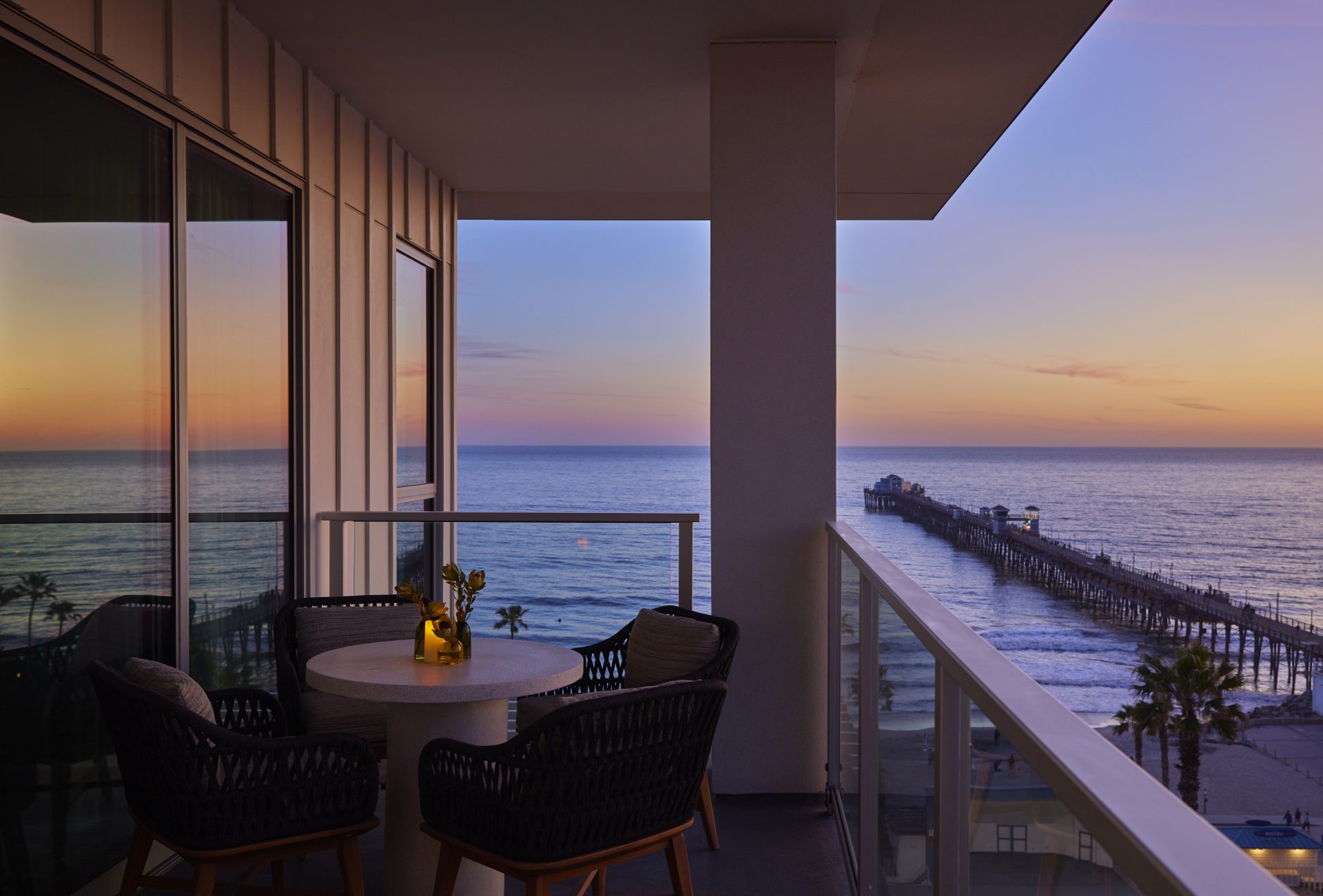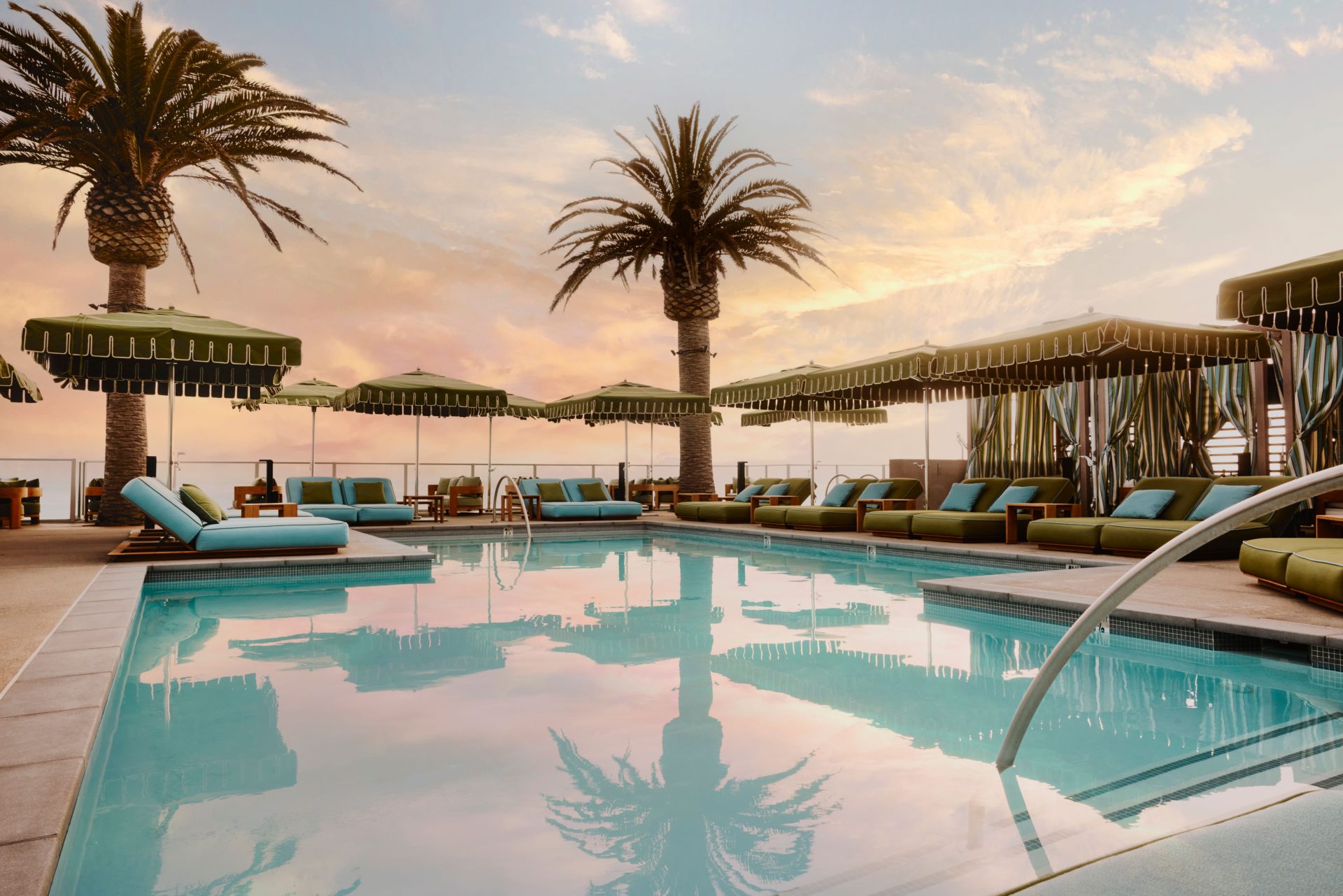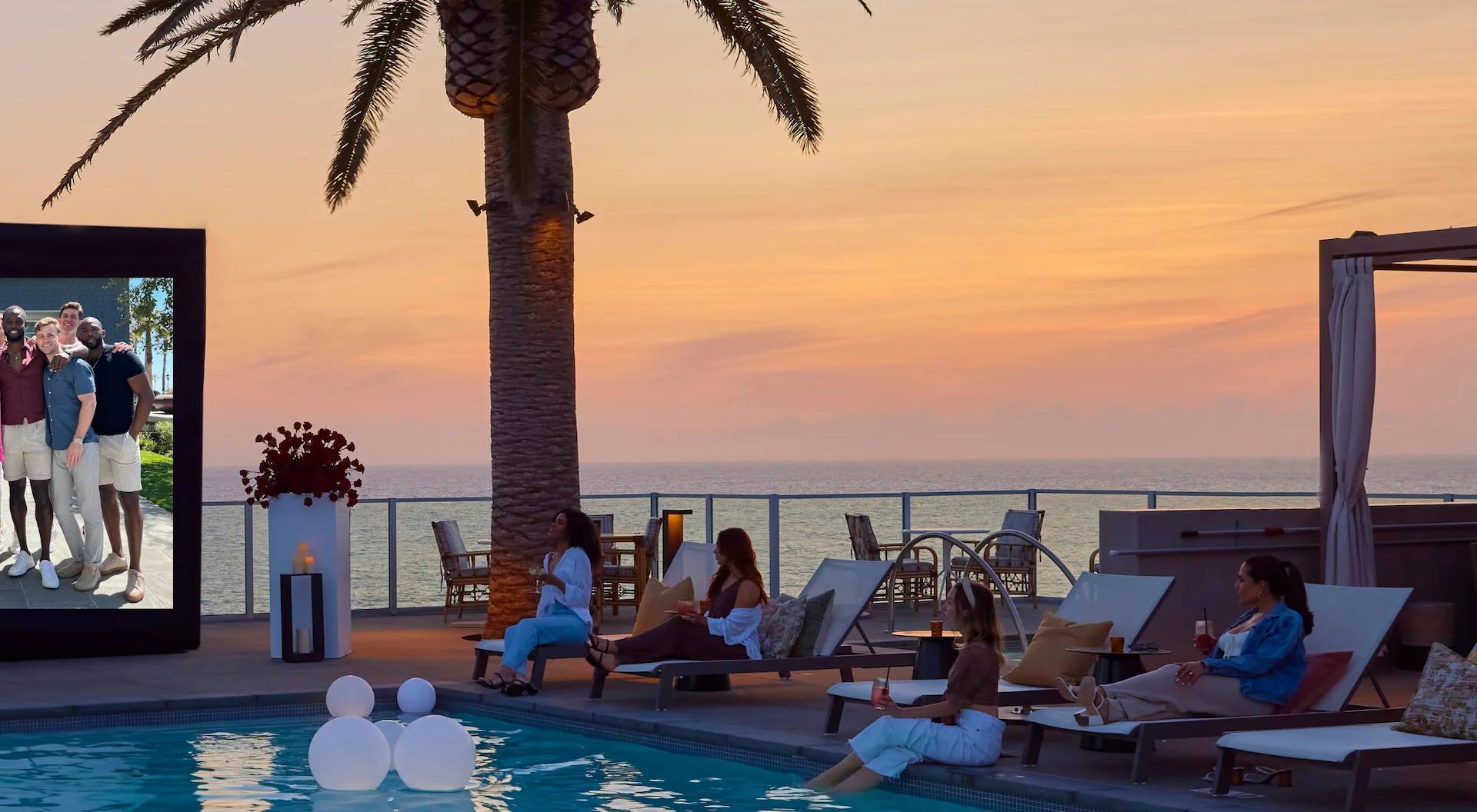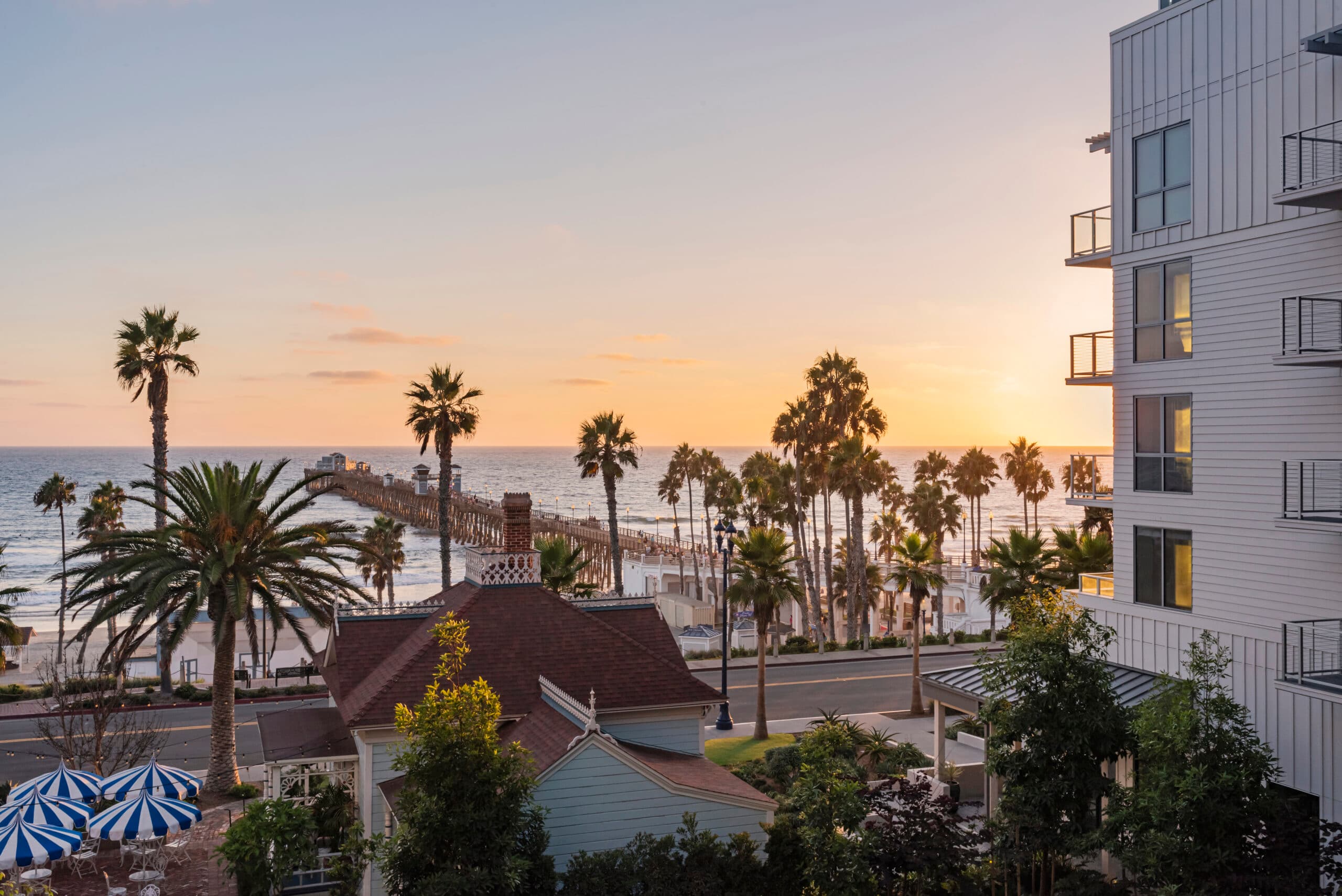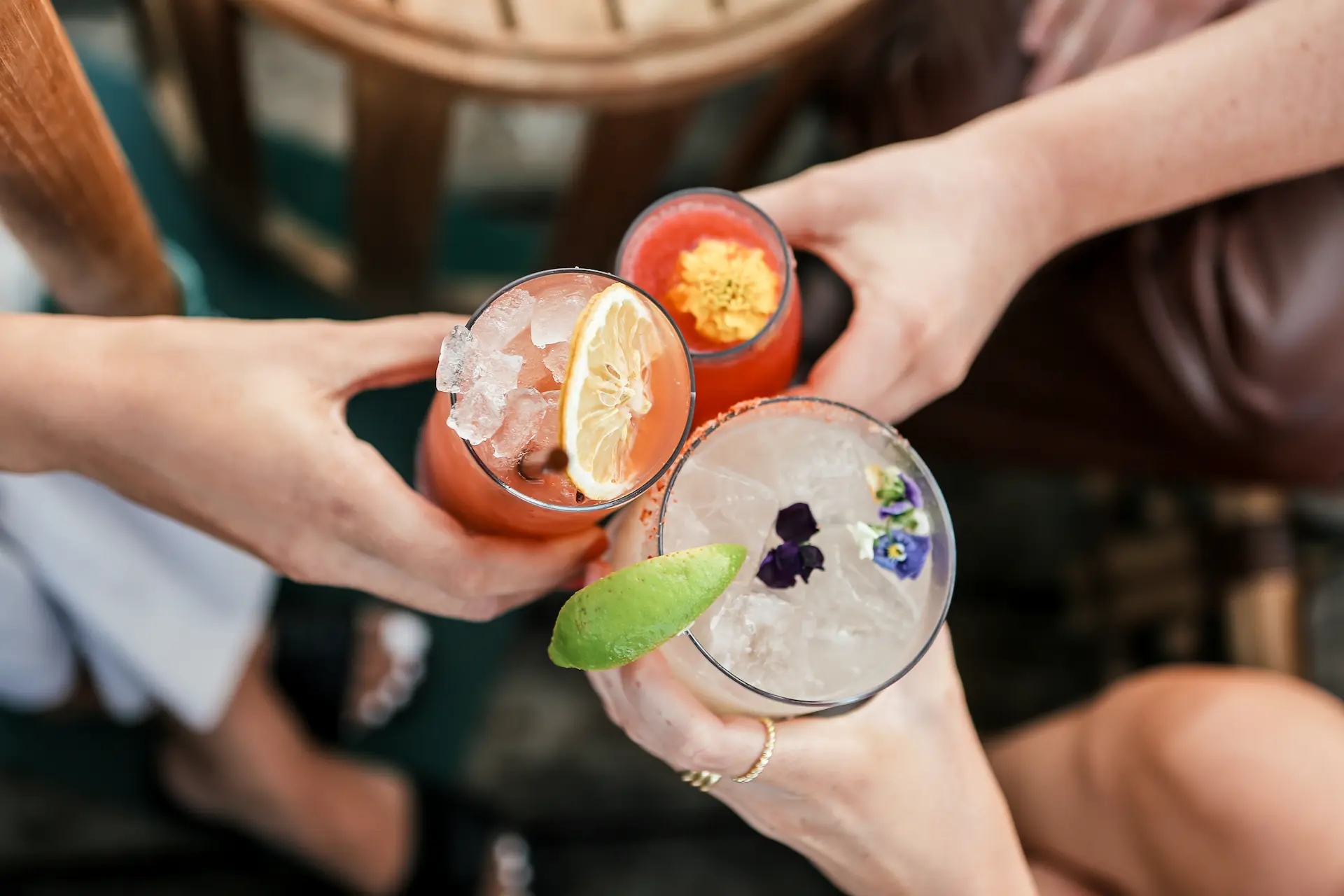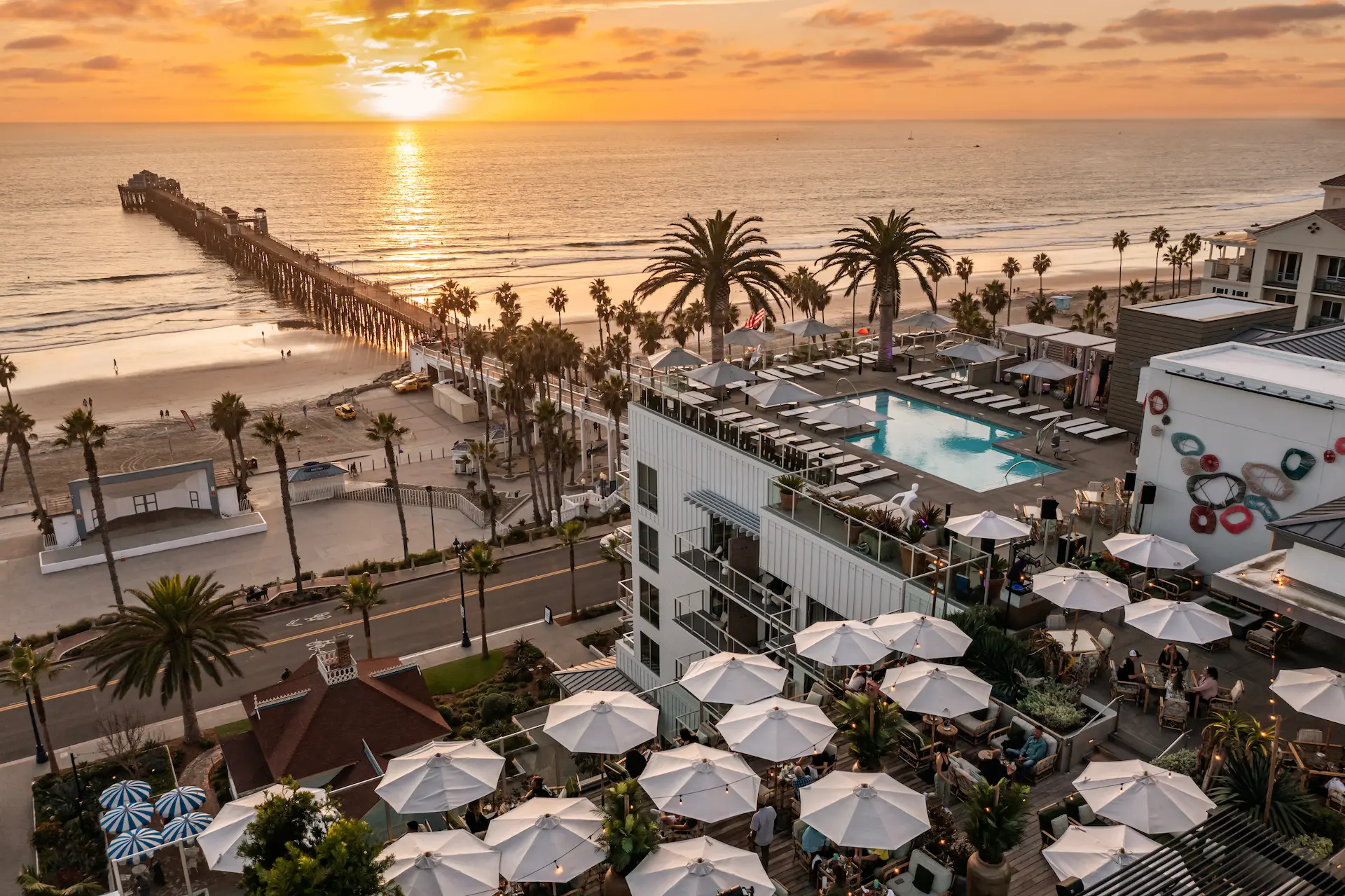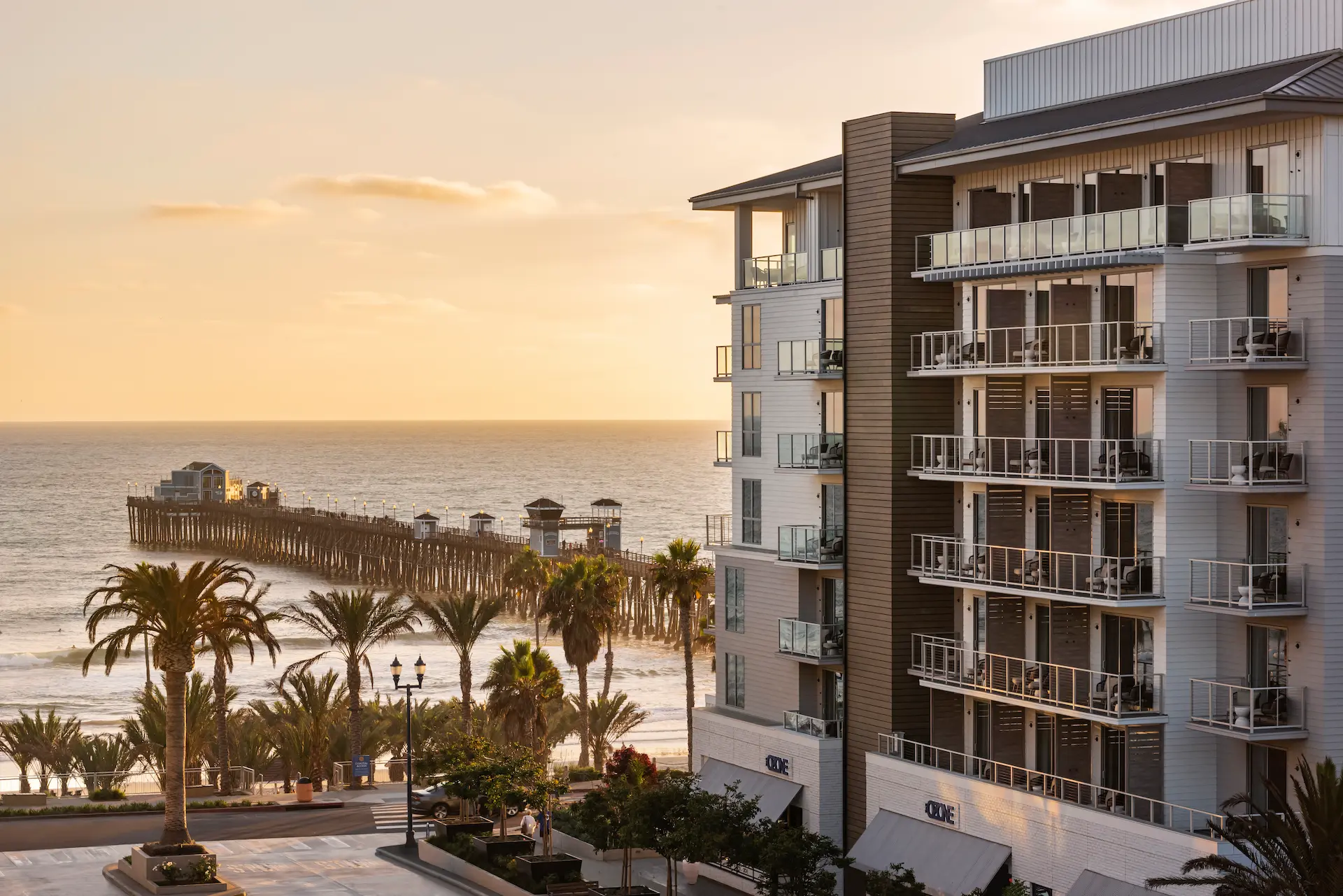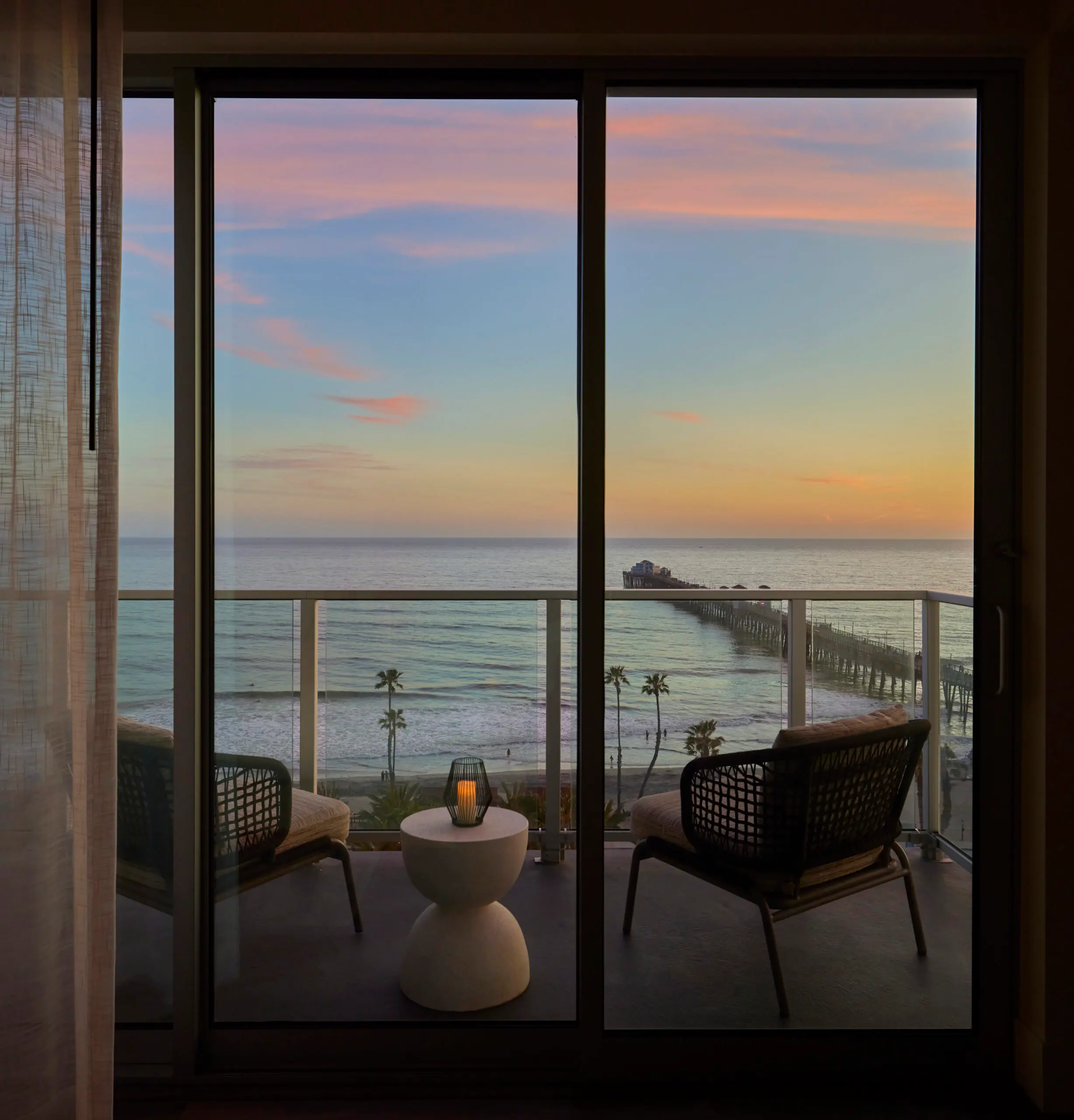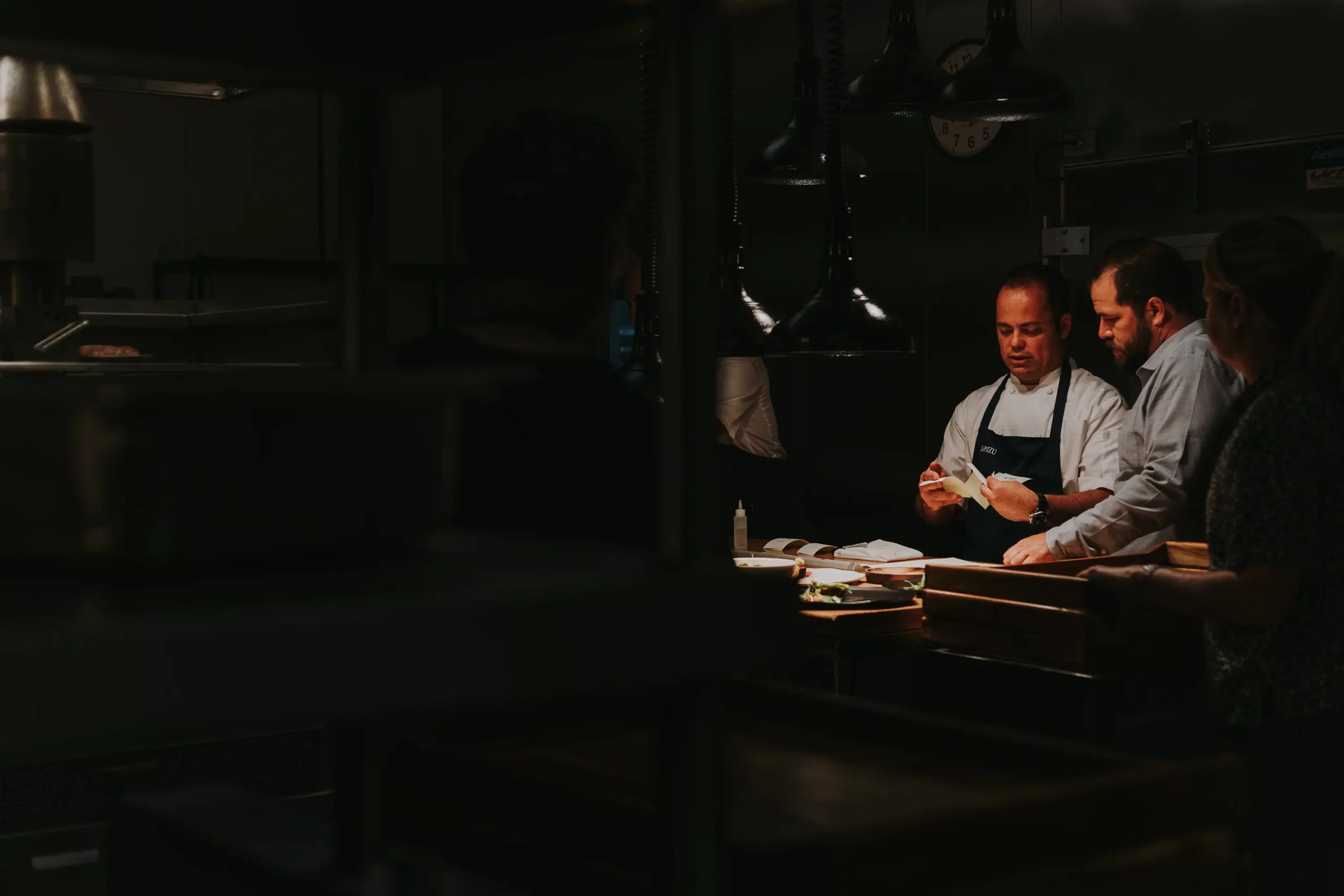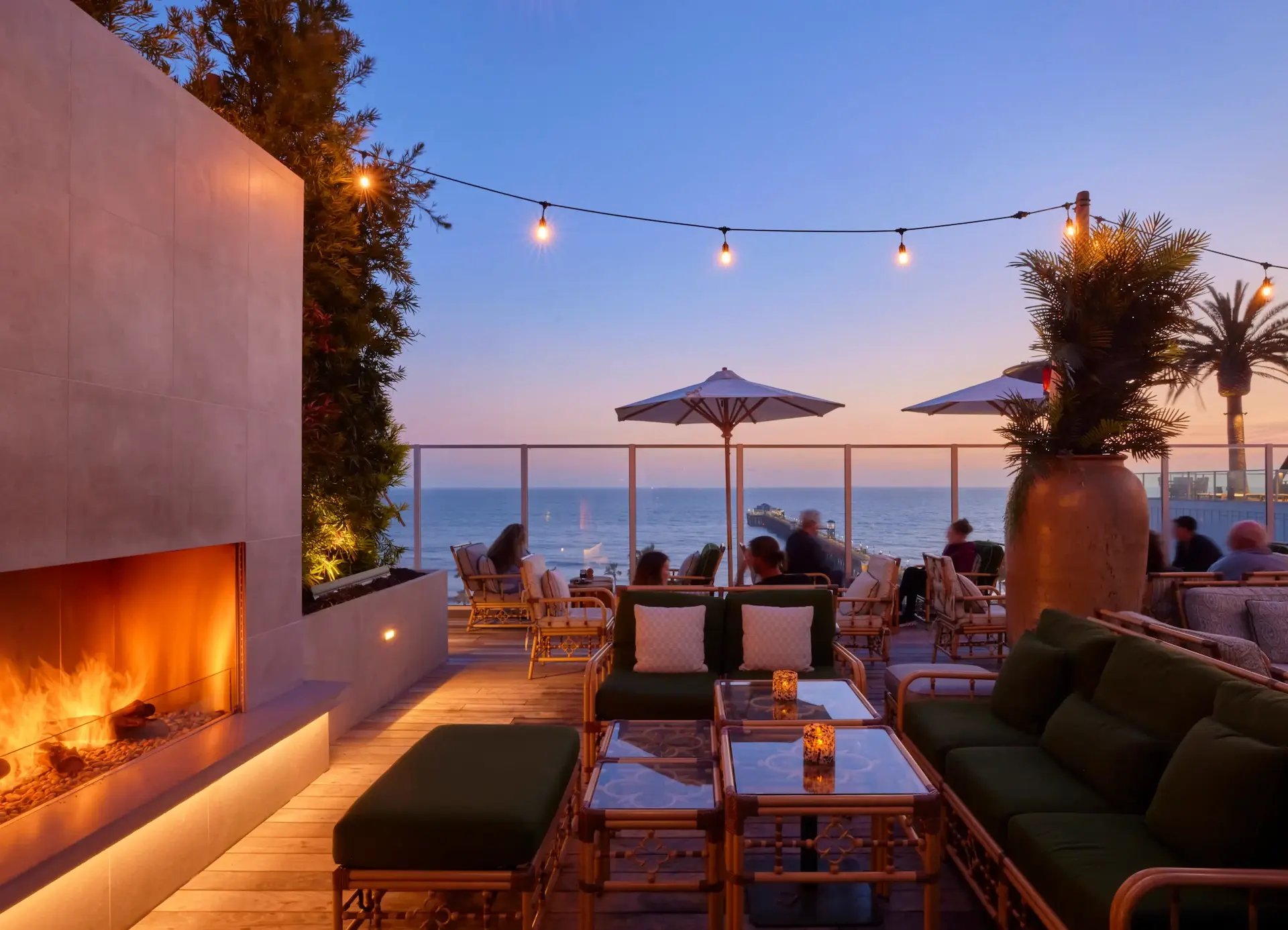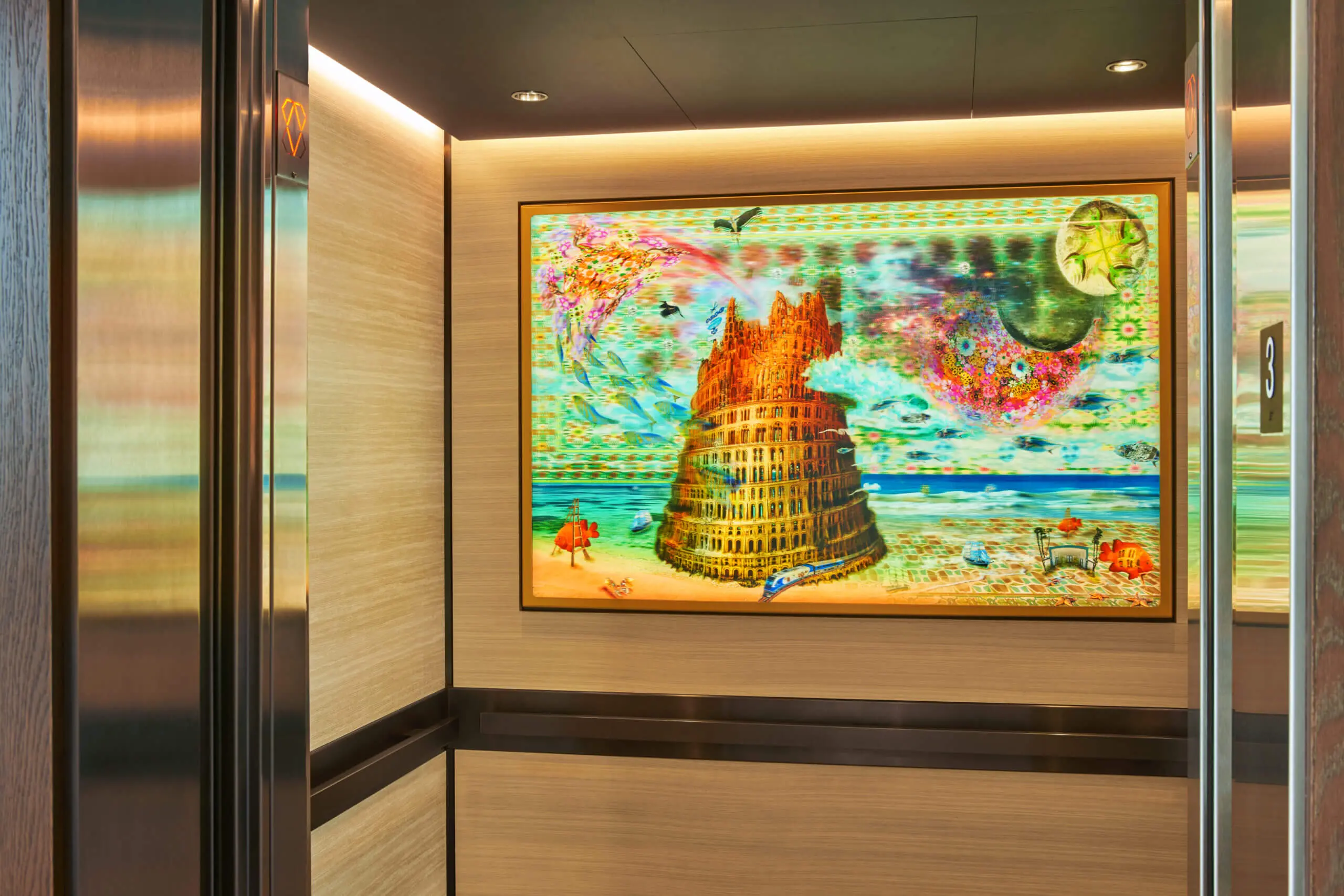
Discovering the emerging art scene in Oceanside
A CURATED LOOK AT OCEANSIDE’S ECLECTIC ART SCENE
An insider guide to the art, artists, and themes that make Oceanside’s creative community so compelling.
By Liz Sheldon
Take a laid-back beach town pace, add year-round sunlight, and put it in a location that’s accessible to major metropolitan areas and acts as a cultural bridge between Southern California and Northern Mexico. That’s the perfect formula for an artistic haven — and it also perfectly describes Oceanside, California. So it’s no surprise that artists and other creative types have found a home here. The strong local sense of place, relatively low cost of living, and access to a diverse audience has helped artists thrive in Oceanside since at least the 1970s. That’s not to mention the impact of the town’s long-standing surfing and skate culture, which has given rise to its own genre of photography and street art.
For art lovers, it’s easy to access Oceanside’s dynamic artistic scene. Both Mission Pacific and The Seabird Resort have extensive displays of works by local artists, a collection built in collaboration with the Oceanside Museum of Art (OMA). The museum itself is dedicated to making the arts central to the town’s identity. “We use art as a way to build community,” says OMA Executive Director Maria Mingalone. “It’s a welcoming environment, not meant to be at all intimidating. For example, we have music on First Fridays that’s free to the public and spills out onto the street. A lot of people come to take part.”
We caught up with Mingalone and OMA’s Special Projects Director and Curator Rebecca Webb, who curates the hotels’ rotating collection, to identify a few themes common to the Oceanside art scene that can help visitors deepen their understanding as they explore the hotels’ collections and around town.
NATURE AS INSPIRATION
The O’side arts scene is eclectic and diverse, but a common theme emerges as Mingalone and Webb talk about the Mission Pacific and Seabird collections and other local work: the environment. “We didn’t intend to focus on the environment and ocean narratives together, but they naturally emerged, alongside the issue of sustainability,” says Webb, who noted that the hotels are certified by the California Coastal Commission.
Coastal-inspired pieces you can see at The Seabird include Anneliese Neil’s Presence of Mind, a series of luminous blue cyanotypes, photographic prints that she makes using seawater. Courtney Mattison’s intricate ceramic sculpture Our Changing Seas VII, inspired by the delicate reefs just offshore, hangs behind The Seabird’s front desk, while Roy Perello’s contemporary black and white photographs in the lobby pay homage to archival images of Oceanside that he has collected over the years.
UPCYCLED LOCAL MATERIALS
Many Oceanside artists make use of natural or discarded materials in their work. For example, Nolan Cooley, a young artist whose vibrant acrylic-on-wood painting hangs in Mission Pacific’s Shallows event studio, uses everything from surfboards to old skate decks as his canvases. The whimsical series of hanging sculptures called Chorus at The Seabird are the work of Michelle Montjoy, who scours local thrift shops for old t-shirts to use as weaving material. Mingalone sees these Oceanside artists as part of a broader movement: “I do think that the concept of social practice, like what Michelle does, has a growing presence in the art world.”
SUPPORTING DIVERSITY
As Mingalone notes, Oceanside inhabits a unique location where the art, flavors, and culture of Southern California and Tijuana overlap — and a breezy climate and beach culture that has drawn creatively minded transplants for years. That diversity of backgrounds and cultures is in evidence at OMA, where you’ll find historical pieces, contemporary works from artists born and raised in O’side, and work by newcomers who bring their own perspective to the area.
Celebrating that diversity was one of Webb’s key objectives as she put together the hotels’ collections. “We either licensed, commissioned, or purchased each piece,” she says, “Especially during COVID, it felt important to be able to support the artists. We also were very intentional about being inclusive — we considered gender parity so it’s a 50/50 mix, and made sure artists of color are represented throughout the collection.”
The artists’ diverse identities are mirrored in their widely different choices of mediums, from textiles and sewing to painting and sculpture, a mix that’s designed to surprise and delight. For example, Akiko Surai’s Pacific Stratum, a colorful installation made from rope and nylon, spans an entire wall at the Mission Pacific pool deck. And in the Mission Pacific elevators, you’ll find three lenticular works by Jamex and Einar De La Torre, brothers who, according to the pair’s own artist statement, draw on everything from “religious iconography to German Expressionism while also paying homage to Mexican vernacular arts and pre-Columbian art.”
MAKING ART ACCESSIBLE TO EVERYONE
The OMA is dedicated to highlighting emerging and lesser-known artists from Southern California, which makes for exciting opportunities to discover up-and-coming names. It also makes the museum’s exhibits less intimidating and more welcoming to the local community — who may well live in the same neighborhood as the artists themselves. Current and upcoming shows include San Diego–based painter Amanda Kachadoorian, whose botanical landscapes will look familiar to many in the area, and sculptor Dean Ramos, an Oceanside resident who makes his evocative, hand-carved figures at his studio in neighboring Vista, Ca.
“The museum celebrates the art and artists of Southern California,” says Mingalone, “taking pride of place as the cultural corridor between San Diego and Tijuana.” Thanks to the OMA’s efforts, the work of these local artists is easy for Oceanside visitors to discover.

